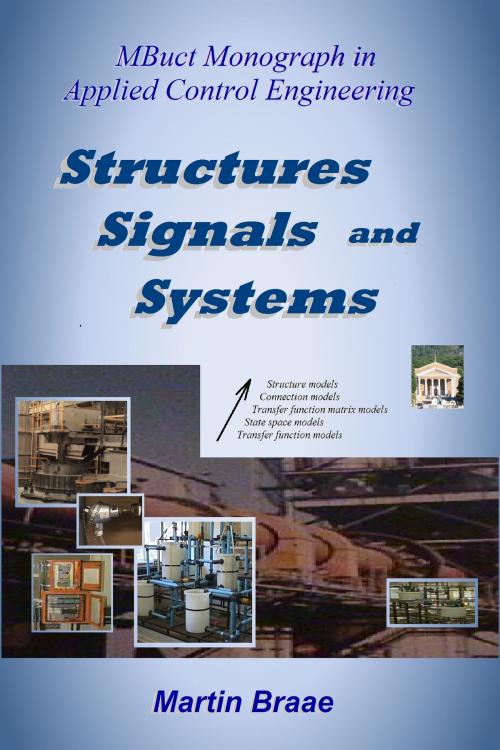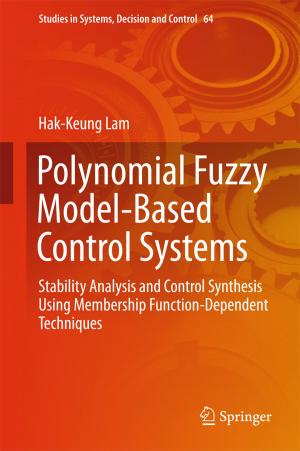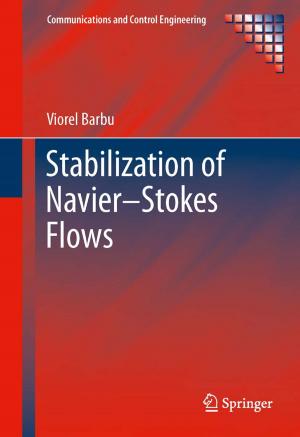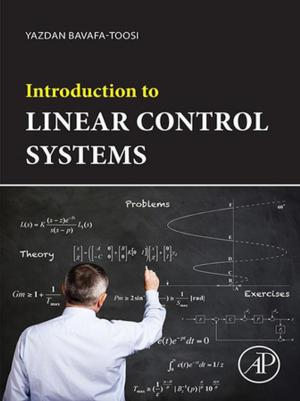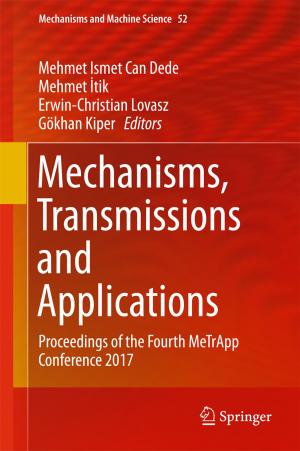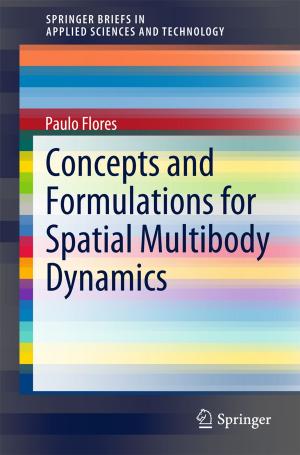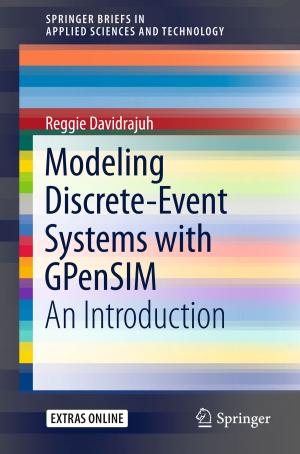| Author: | Martin Braae | ISBN: | 9781370038947 |
| Publisher: | Martin Braae | Publication: | September 9, 2016 |
| Imprint: | Smashwords Edition | Language: | English |
| Author: | Martin Braae |
| ISBN: | 9781370038947 |
| Publisher: | Martin Braae |
| Publication: | September 9, 2016 |
| Imprint: | Smashwords Edition |
| Language: | English |
This engineering monograph describes a novel mathematical framework for the abstraction and analysis of large-scale interconnected dynamic systems. The proposal has been acknowledged through peer-review as being a contribution to the theory of such systems. Following a brief review of signals and systems, the topic of structures is discussed. This leads to the formulation of the mathematical framework in which the system connections and its dynamics are separated into two independent sets of mathematical equations. The resulting split allows the analysis of system connections alone without recourse the system dynamics. The consequent structure model enables a cost-effective method for determining the structure of industrial plants where the modelling of dynamics can be extremely expensive. The proposed method is demonstrated on a range of examples, first to confirm its predictions and then to illustrate it potential. Lastly the theory is used to determine the significant impact that the deployment of a new sensor had on the structure of a rod-milling plant in the mineral extraction industry.
This engineering monograph describes a novel mathematical framework for the abstraction and analysis of large-scale interconnected dynamic systems. The proposal has been acknowledged through peer-review as being a contribution to the theory of such systems. Following a brief review of signals and systems, the topic of structures is discussed. This leads to the formulation of the mathematical framework in which the system connections and its dynamics are separated into two independent sets of mathematical equations. The resulting split allows the analysis of system connections alone without recourse the system dynamics. The consequent structure model enables a cost-effective method for determining the structure of industrial plants where the modelling of dynamics can be extremely expensive. The proposed method is demonstrated on a range of examples, first to confirm its predictions and then to illustrate it potential. Lastly the theory is used to determine the significant impact that the deployment of a new sensor had on the structure of a rod-milling plant in the mineral extraction industry.
